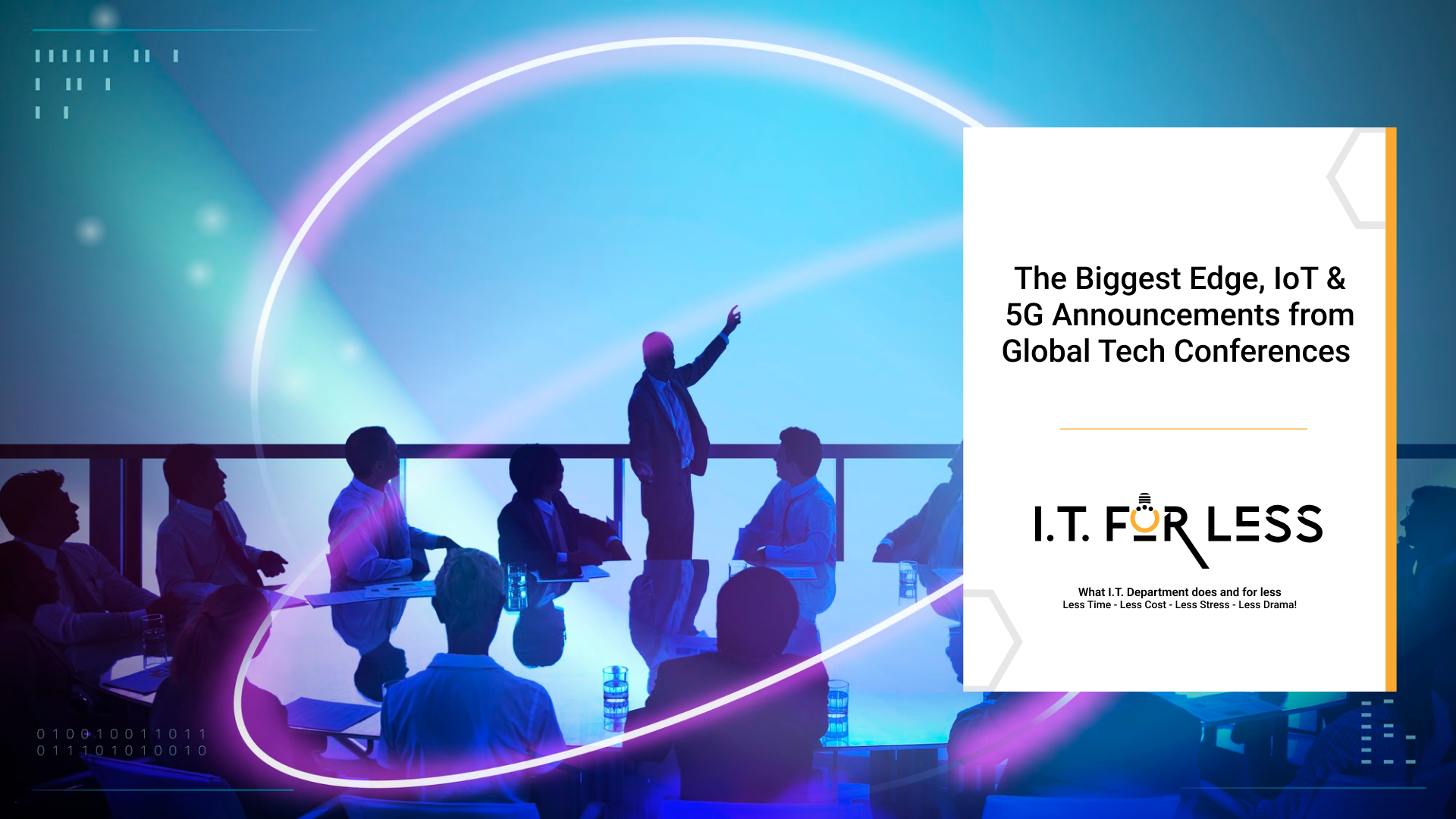Tech conferences around the world serve as launchpads for major innovations. In 2025 and the surrounding period, several announcements at events across edge computing, IoT, and 5G are signaling shifts in enterprise strategy, infrastructure design, and business models. Let’s unpack some of the most compelling announcements, why they matter, and what organizations should pay attention to.
Key Announcements & Highlights
1. Ericsson at India Mobile Congress 2025
Ericsson revealed significant innovations in 5G and AI integration:
- The rollout of 5G Advanced (5G-A) capabilities, aiming for higher speeds, better spectrum efficiency and broader IoT support. The Times of India+1
- Demonstrations of AI-powered network operations – using machine learning to optimize network performance, reduce energy consumption and enable new enterprise connectivity models. The Times of India
- Use-cases for private 5G networks in sectors such as manufacturing, healthcare and energy. These demonstrations show how 5G isn’t just for consumer mobile but also for enterprise digital transformation. The Times of India+1
Why it matters:
These announcements show that 5G is maturing from “faster mobile broadband” into a platform for enterprise connectivity. Especially when paired with IoT and edge. Organizations should begin planning how their infrastructure, applications and operations can take advantage of 5G + edge capabilities.
2. Huawei and 5G-Advanced Momentum
Huawei announced aggressive goals around 5G-Advanced: by end of 2025 they project 100 million smartphones compatible with 5G-A, and more than 50 large-scale 5G-A networks globally. TechRadar In addition, they are pushing “AgenticRAN” – integrating AI into the radio access network for spectrum, energy and performance optimization.
Why it matters:
This signals a next wave of connectivity where 5G networks become smarter, more autonomous and tightly coupled with edge/IoT. Businesses need to think beyond the basic “connect devices” model and toward “connected + intelligent + local processing”.
3. Edge + IoT + 5G Convergence Sessions at Major Expos
At major events like the IoT Tech Expo North America and the Edge Computing Expo North America, sessions such as “5G & Edge Computing: Transforming Connectivity for Next-Gen Applications” appeared on the agenda. IoT Tech Expo+1 These sessions emphasise the convergence: IoT devices generate data, edge nodes process it locally. Meanwhile, 5G ensures low-latency and high-throughput connectivity.
Why it matters:
The industry is shifting toward distributed, real-time architectures. Enterprises that rely solely on cloud-centric models may find themselves outpaced. Investing in edge infrastructure + connectivity becomes a competitive imperative.
What These Announcements Mean for Businesses
- Adopt Connectivity as a Strategic Asset
5G is no longer just mobile broadband—it can be the backbone of connected operations, IoT deployments and edge services. Businesses should evaluate how 5G-enabled networks can improve latency, scale of devices, and reliability.
- Plan for Edge Processing & IoT at Scale
As edge computing becomes more mainstream, organizations must reconsider architecture: where data is processed (device/edge/cloud), how networks support it (5G/private 5G) and how IoT devices connect securely and efficiently.
- Align Technology with Use Cases, Not Just Hype
Announcements are exciting, but the real value comes when enterprises apply these technologies to real use-cases. These include smart manufacturing, remote healthcare, intelligent retail, etc. The showcased demos at conferences highlight this shift.
- Prepare for Rapid Change in Standards and Ecosystems
As companies like Huawei push 5G-A, and as edge & IoT platforms evolve, standards, vendor ecosystems and interoperability will change. Therefore, businesses should build flexibility into their strategies and avoid vendor lock-in.
Key Takeaways
- The convergence of edge + IoT + 5G is now real, not just conceptual.
- Enterprise focus: reduce latency, support massive IoT scale, process data locally and connect via high-throughput networks.
- Start small with pilot edge/5G use-cases, but plan architectures with future-proofing in mind. This includes private networks, network slicing, local compute, hybrid cloud/edge.
- Keep an eye on vendor announcements and standard evolution. What is announced at conferences today often becomes enterprise standard in the next 12-24 months.
Partner with I.T. For Less today and take the first step toward building a connected, edge-enabled, 5G-ready strategy that keeps your IT flowing as effortlessly as your ambition.
